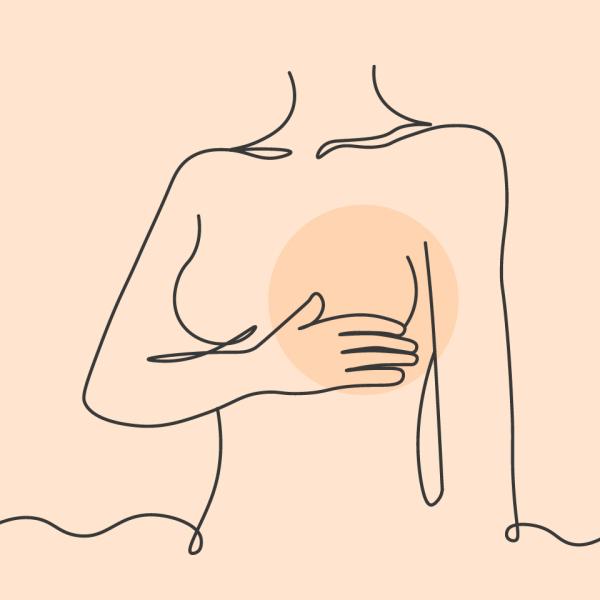One in seven men in Canada will be diagnosed with prostate cancer at some point in their lifetime. Here is the good news: the death rate has been declining significantly over the past couple decades. In 2017, an estimated 21,300 men were diagnosed and 4,100 died from it. In fact, roughly more than half of men with the disease have a slow-growing form and are more likely to die of other causes.
The risk increases with age — nearly two out of three prostate cancers are found in men over 65. Researchers aren’t sure why, but it’s also more common in men of African or Caribbean ancestry and less common among those of Asian ancestry. A family history of prostate cancer and a low-fibre, high-fat diet are also risk factors.
Regular testing — including a blood test that measures levels of prostate-specific antigens (PSA) and a rectal exam — can help find the disease early. The earlier men are diagnosed, the greater the treatment options and the better their chances.
In the meantime, researchers are looking for better treatment options and new ways to predict the disease’s progression. Here are two Canadian researchers taking a unique approach.
Putting natural health products to the test
A cancer diagnosis can be a terrifying thing, compelling people to seek a wide range of treatments — proven and unproven. Natural health products sometimes fall into the unproven category, but that doesn’t necessarily mean they are snake oil.
Emma Guns means to separate the snake oil from the real deal. She is a pharmacologist with the University of British Columbia who tests natural health products recommended by naturopaths for prostate cancer. There is not a lot of research in this area because, as Guns puts it, “often natural health products are not patent-able.”
Guns focuses on vitamin D, pomegranates and ginseng, because preliminary studies suggest they may be effective. First, she examines the molecules our livers produce when they break down these products, and then she tests their effect on the hormones that enable and promote prostate cancer growth.
The first step is to incubate a mixture of human liver tissue and the natural health product. “The liver often metabolizes everything first,” says Guns. “Whatever ends up in our system is what we’re interested in.”
She uses a mass spectrometer to isolate and identify the molecules left over after the liver has done its work. Then she exposes prostate cancer cells to potentially active molecules and notes how they interact with hormones that influence cancer growth.
Guns says her research boils down to answering two key questions about natural health products and cancer: “Is it useful? Is it harmful? We need to help patients make informed decisions.”
Toward precision prognosis
One of the biggest challenges in prostate cancer research is figuring out which men have an aggressive form, and which do not.
University of Calgary pathologist Tarek Bismar is trying to come up with a biomarker signature — essentially a group of genes — that accurately predicts which path each man’s cancer will take. This would let doctors use radiation, surgery or hormone therapy to treat those with aggressive prostate cancer, and monitor others in ways tailored to each man’s risk of disease progression.
Not only does this allow men with “mild” cancer to avoid unnecessary, and sometimes harmful, side effects of treatment, it’s also a more efficient use of scarce healthcare dollars.
Current tests offer only imprecise probabilities of progression. Even biopsies can return false negatives. Bismar hopes to offer something more precise.
To do so, he uses tumour tissue samples from large numbers of men with various gradients of prostate cancer.
First, he identifies genetic mutations in each sample. Then he examines those genes’ expression — that is, how active the mutated genes are. The more active the cancer-causing gene, the faster the cancer grows.
By combining that information with a detailed follow-up on each man’s state of health, Bismar can pinpoint how active the genes are. He hopes to use that insight to divide those diagnosed with prostate cancer into roughly four groups. The first three would require escalating levels of monitoring depending on risk — low, intermediate and advanced. Men with the highest chances of progression would fall into the fourth group and be treated immediately.
While other researchers are also attempting to separate patients into those who need immediate treatment and those who do not, further separating those who do not into more precise groups is not as common.
So how does Bismar figure out a gene’s level of expression? One method involves measuring the gene’s copy number variation, a phenomenon in which sections of the genome are repeated. The more often the affected section is repeated, the greater the gene’s expression. Bismar also measures gene expression by examining the level of proteins the gene produces and the structure of its messenger RNA, molecules that convey genetic information from DNA.
But whatever method he uses, he always has the end game in mind: reduce unnecessary treatment for as many men as possible.





